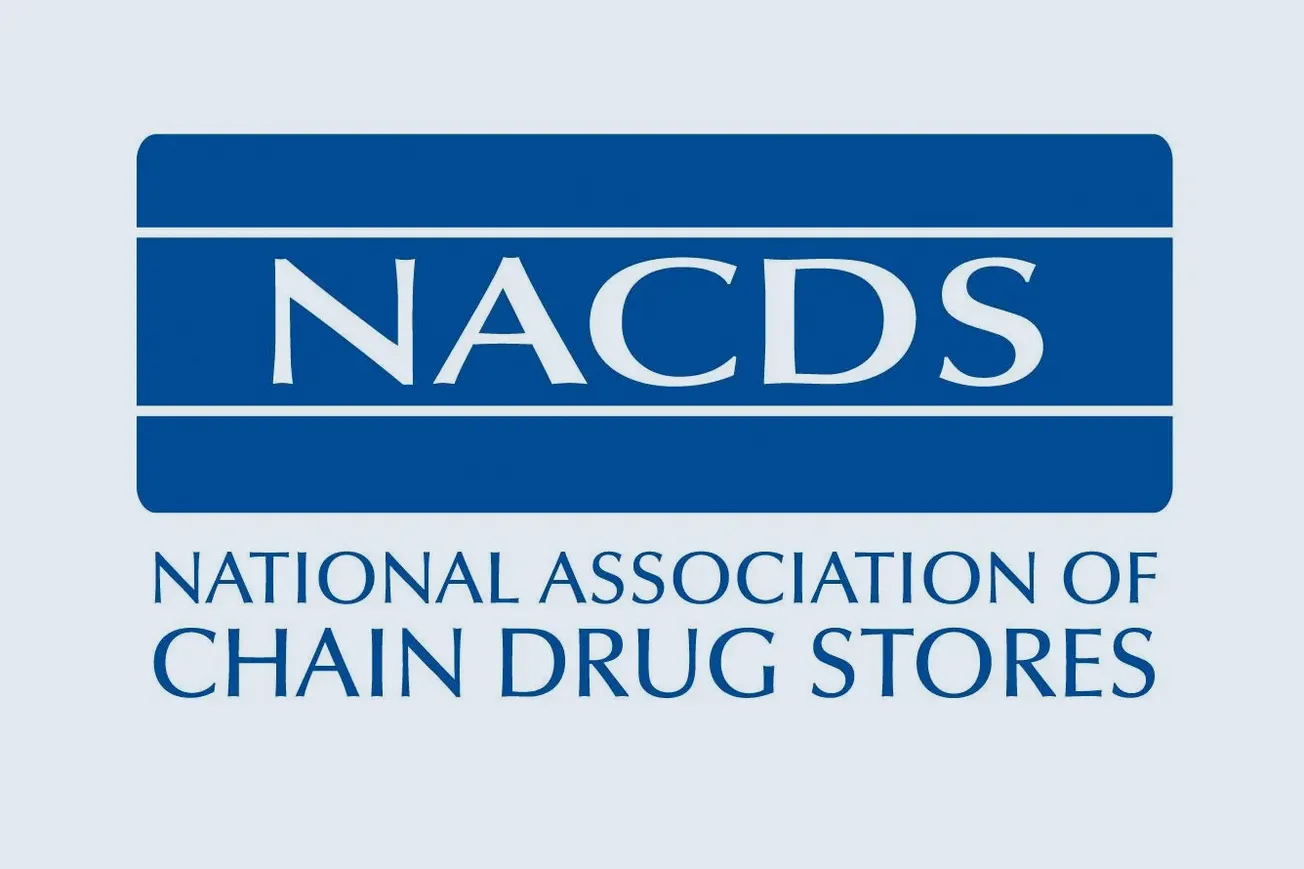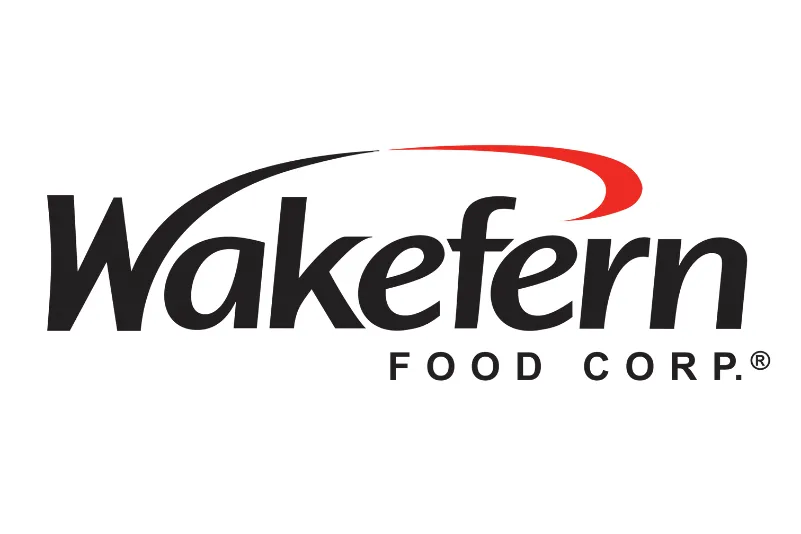CAMP HILL, Pa. — In the wake of their canceled merger agreement, Albertsons Cos. and Rite Aid Corp. confront very different challenges as they face the future. Albertsons’ board of directors declined to change the terms of its offer to Rite Aid shareholders in the face of mounting opposition from shareholder advisory services and major institutional investors in the drug chain, and the two companies mutually agreed to pull the plug on the planned acquisition the day before Rite Aid investors were scheduled to vote on the deal. Neither company is responsible for any payment to the other as a result of the termination.
Both companies asserted that they still believed the rationale for the combination was compelling, and Albertsons rejected the contention that its offer did not adequately compensate Rite Aid investors.
“While we believed in the merits of the combination with Albertsons, we have heard the views expressed by our stockholders and are committed to moving forward and executing our strategic plan as a stand-alone company,” said Rite Aid chairman and chief executive officer John Standley in a statement. “We remain focused on leveraging our network of conveniently located retail pharmacies, our EnvisionRxOptions PBM and our trusted brand of health and wellness offerings. We will continue building momentum for key areas of our business like our innovative Wellness store format, highly successful customer loyalty program and expanded pharmacy service offerings, as we also enhance our omnichannel and own-brand offerings to strengthen our competitive position and create long-term value for stockholders.”
Opponents of the merger, including shareholder advisory firms Glass Lewis and Institutional Shareholder Services (ISS), objected that the terms of deal, which was valued at $24 billion including debt, undervalued Rite Aid’s retail business and its PBM.
Under the agreement, in exchange for every 10 shares of Rite Aid common stock Rite Aid shareholders would have had the option to receive either one share of Albertsons common stock plus about $1.83 in cash or 1.079 shares of Albertsons stock. Depending on how many opted for the cash and stock deal, Rite Aid shareholders would have ended up owning between 28% and 29.6% of the combined company.
In its report issued in late July, Glass Lewis said it saw very little premium for Rite Aid stockholders and viewed the transaction as basically a merger of equals.
“We fail to see that the proposed combination represents a particularly attractive outcome for unaffiliated Rite Aid shareholders, each of whom has, in our view, been offered very little reason to conclude that management has secured full value under extant market conditions or that the company would not benefit from continued implementation of its stand-alone operating strategy until a counterparty is prepared to deliver a clear and attractive value for control of Rite Aid,” the investor service concluded.
Although it agreed with the strategic rationale for the combination, ISS concluded that Albertsons would be getting Rite Aid at a discount. In its report, ISS also expressed reservations about the debt level of the combined company in view of the fact that Albertsons is already heavily leveraged, with $12 billion in long-term debt and capitalized leases.
According to The Wall Street Journal, most of Rite Aid’s largest institutional stockholders planned to reject the deal. Highlands Capital Management, one of the 10 largest Rite Aid investors with a stake of about 4.4%, had announced its opposition in June, well before the advisory services weighed in.
But the paper also noted that some individual investors said they supported the merger because they did not see Rite Aid thriving on its own.
Two days before scuttling the merger, Rite Aid issued a profit warning for fiscal 2019 that projected a larger net loss and lower adjusted EBITDA (earnings before interest, taxes, depreciation and amortization as well as special items) based on generic drug pricing. While one major investor claimed that the earnings update was simply intended to frighten shareholders into voting for the deal, the stark reality is that, on its own, Rite Aid now has far less scale for negotiations with drug manufacturers and PBMs, and will continue to be at a competitive disadvantage vis-à-vis its larger chain drug rivals.
For Albertsons, the outlook is brighter, if not free of challenges. It has recently reported improved financial results, continues to aggressively expand its strong portfolio of store brands and is moving rapidly to bolster its omnichannel capabilities. Other acquisition opportunities will almost certainly appear down the road.





